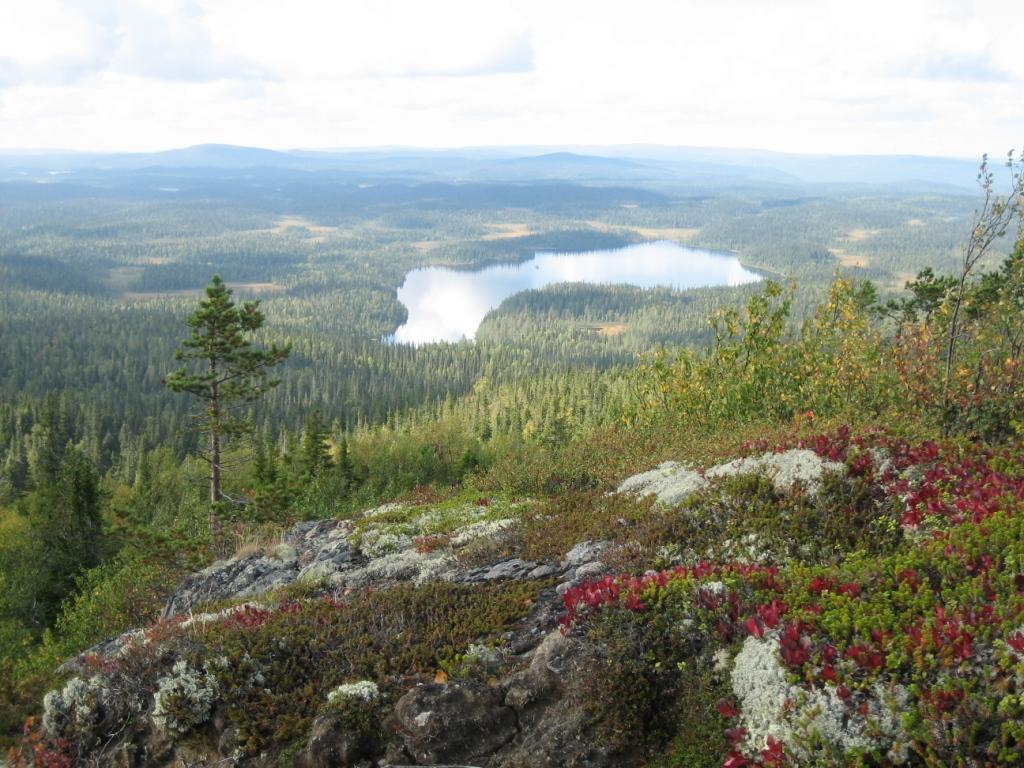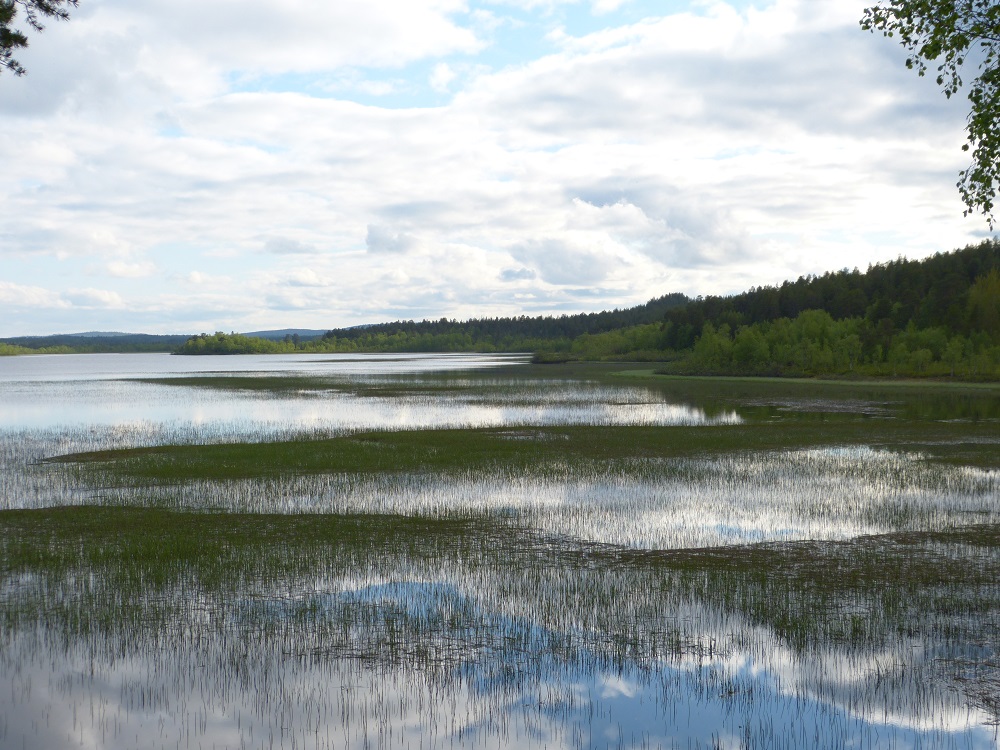Case Study
Connecting nature pearls along the Green Belt of Fennoscandia
Contact name
Tiia Kalske (NO); Matti Hovi (FI); Alexander Bizhon (RU)
Institution name
Pasvik-Inari Trilateral Park; Oulanka National Park; Paanajärvi National Park
Region & country
Green Belt of Fennoscandia, Pasvik-Inari Trilateral Park; Oulanka-Paanajärvi National Parks - Finland, Norway and Russia
Summary
The Green Belt of Fennoscandia (GBF) is an ecological network of existing and planned protected areas situated in the border areas of three countries. In 2010 a Memorandum of Understanding (MoU) on its development was signed by the Ministries of Environment of Finland, Norway, and Russia. Together they turn the region into a model area where sustainable development is supported through transboundary cooperation and herewith create a network of biodiversity-rich pearls along GBF. Transboundary Parks (TBPAs) like Pasvik-Inari Trilateral Park and Oulanka-Paanajärvi National Park are important cornerstones in the GBF for the ecological connectivity of the region, providing green corridors for local as well as migrating species.

Kivakkatunturi fjel, Paanajärvi National Park (RU)
Photo by: Paanajärvi National Park Authority

Pasvik river
Photo by: Rolf. E. Sch. Kollstrøm
Background of the project
Biodiversity decline has been identified as a future threat equal to climate change. Risks to the environment include harmful invasive species, impacts of human activities on the environment and changes in land use that have fragmented protected areas. To safeguard the future of the Green Belt, the public must recognise and appreciate its natural values and the benefits and abundant opportunities provided by its biodiversity.
Solution and actions taken
Cooperation has been identified as tool to protect this area, through commonly identifying the risks it faces and to plan measure for eliminating or minimising these risks. In addition to conservation, sustainable use of resources can help minimise pressures directed at biodiversity. As the benefits of biodiversity in the Green Belt are significant for local actors, their participation has been sought in building the future of the area.
Two Finnish-Russian Twin Parks have been established in the Green Belt, and Pasvik-Inari Trilateral Park between Finland, Norway and Russia. Transboundary cooperation between those parks promotes good practices in guidance, managing protected areas and promoting nature-based tourism on all sides of the border. Common projects have been implemented including sustainable use of natural resources, raising awareness on TBPAs, joint species monitoring, and environmental education.
Other institutions or parties involved
- Pasvik-Inari Trilateral Park (FI/NO/RU);
- Oulanka National Park (FI) and Paanajärvi National Park (RU);
- Friendship Park (FI) and State Nature Reserve Kostamykshki.
Results
Contributing to ecological connectivity in Europe’s northern-most regions, the GBF can be considered an excellent example of Green Infrastructure. Not only does it take the physical connectivity of land into account but it is also a tool to create common mindsets in people living and working along the borders in order to achieve better biodiversity protection and sustainable local livelihoods.
Challenges
Challenges for the cooperation:
- Differing legislation and level of protection status;
- Many languages;
- Different terminology and methodologies;
- Culture of work;
- Funding issues;
- Border restrictions and formalities;
- Possible conflicts between different interest groups and stakeholders;
- Effects of water regulation and pollution issues.
Lessons learned
- Nature protection areas which are physically connected to TBPAs, can be considered as such Green Infrastructure;
- TBPAs along GBF form a chain of hotspots for biodiversity and species protection, but as well for international cooperation and sustainable development benefitting local communities;
- Conservation alone is not enough to safeguard biodiversity. Good regional planning is needed to improve the connectivity of PAs.
Contact name
Tiia Kalske (NO); Matti Hovi (FI); Alexander Bizhon (RU)
Institution name
Pasvik-Inari Trilateral Park; Oulanka National Park; Paanajärvi National Park
Website(s)
